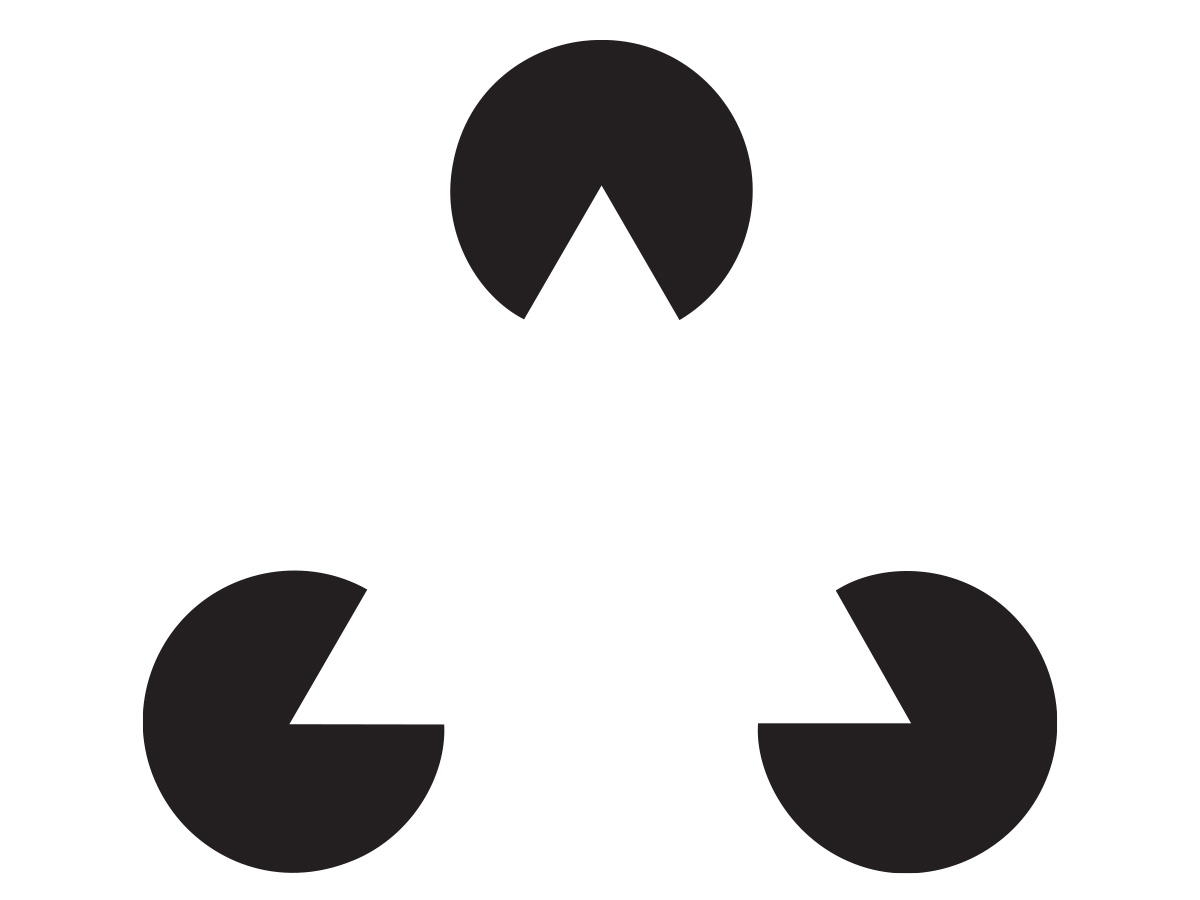Posted on 15 February 2022 by Jeff Fuge | Reading time 3 mins
Someone’s review of an app I wanted was scathing. The app was pointless. The app was a con. The app made their life more difficult, not easier. The app should be avoided at all costs. I read the review, smiled, and happily installed the app, even more certain it was the right one for me.

There’s no light without dark
When you’re a kid and you want to paint a picture of something, your focus tends to be on the object in question, not its surroundings. You want to draw a red ball, you grab a red crayon and get going. The neighbour’s ginger cat? Mix some orange paint let loose.
If your passion for art sticks with you, things get a little tougher. Enlightened teachers set problems such as drawing a white vase placed against a white background… and do so using only charcoal on white paper.
This can twist the mind of teenage art students. At first it seems completely counterintuitive and borderline impossible.
White object, white wall drawn on white paper… using black?!?! It goes against everything the artistic part of your brain has learned so far.
But then you look more closely and see the shadow being cast on the white wall by the white vase. That’s not so white is it… more grey… heading a little towards black nearer the vase… let’s start with that…
Then, as if by magic, by drawing something that is not the vase, the vase duly starts to appear.
The same applies with brands.
Paint a picture of who your customer isn’t
While too many businesses and organisations fail to spend time getting clear about who their customers are, others are able to paint a picture of the group or groups they hope to attract. However, in my experience, few seem focus on who their customer is not.
Knowing who your customer isn’t is like revealing that vase by creating the shade.
Knowing who your customer isn’t is valuable when they shows up at your door.
It allows you to politely say no; our product, service or opportunity is probably not for you.
It lets you sleep more easily should that person (or business) sneak in, buy or experience what you do, and then kick-off about it. Hey, it’s not for them… of course they wouldn’t like it.
And if they rant to others about how your round-hole business was the wrong shape for their square-peg needs, you can relax. That one-star review is platinum-five-star in value as it paints the shade that helps your brand stand out from its surroundings.
Those who read the rant and think like your square-peg customer will go elsewhere. That’s fine, you’re not for them.
But those for who you’re the perfect fit will see the rant for what it is. And, as with my decision to get that app partly because of the scathing review, it will underline their belief that their making the right choice.
A brilliant example is Audi’s 1994 TV ad for the A4. At the time, Audi was all about superb engineering and quietly understated Germanic efficiency.
The advert features a high-flying money-and-status-obsessed yuppie test-driving the car. The ad says a lot about this unlikeable City whizz-kid but nothing overt about the car. What it says about the car is all done by juxtaposition and implication.
Returning the car to the showroom, the yuppie dismissively tells the salesman that it’s “not really my style”.
In other words, if we are not like him, this is the car for us.